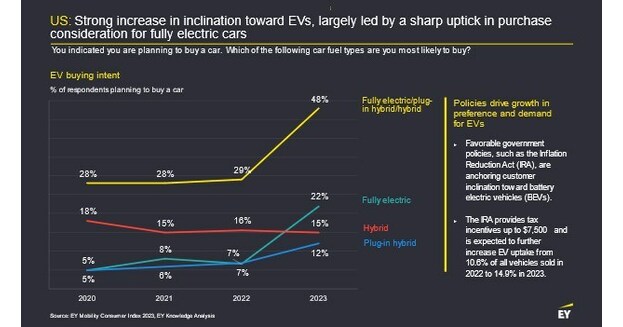Consumer Behavior and EV Charging Demand

The surge in electric vehicle (EV) adoption is a beacon of hope for a sustainable transportation future. However, consumer behavior, shaped by the availability and accessibility of EV charging infrastructure, plays a crucial role in this transition. Understanding and addressing the concerns and behaviors of potential EV owners are essential for increasing EV adoption rates. This blog post delves into how EV charging demand influences consumer decisions and what can be done to mitigate common concerns.
Contents
Range Anxiety: A Barrier to Adoption
One of the most significant hurdles to EV adoption is “range anxiety,” the fear that an EV will not have enough battery life to reach its destination. This anxiety is closely tied to the perceived scarcity of charging stations. While recent advancements in battery technology have increased the range of EVs, the availability of charging infrastructure remains a critical concern for consumers. Expanding the charging network, particularly in public and easily accessible locations, is essential to alleviate this anxiety.
The Impact of Charging Speed and Location
Charging speed is another factor that significantly affects consumer behavior. The development of ultra-fast charging stations is a step in the right direction, offering the convenience of charging an EV in the time it takes to grab a coffee. Furthermore, the strategic placement of charging stations—near shopping centers, restaurants, and other amenities—can make EV charging more appealing by integrating it into everyday activities.
Home Charging: The Linchpin of EV Adoption
Home charging solutions are pivotal in the EV ecosystem, offering the ultimate convenience for EV owners. However, the feasibility of home charging varies widely depending on living situations, particularly for residents of apartments or homes without garages. Encouraging the installation of home EV charging stations through incentives and supporting the development of shared charging solutions in residential complexes can significantly impact consumer willingness to switch to an EV.
Education and Awareness
A lack of understanding about EV charging can also deter potential buyers. Educational initiatives that provide clear information on how, where, and when to charge an EV, the costs involved, and the benefits of electric mobility can demystify EV ownership. Auto manufacturers, governments, and advocacy groups play vital roles in these education efforts, helping to shift consumer perceptions and behaviors towards a more sustainable driving future.
Looking Ahead
As the EV market continues to evolve, understanding and adapting to consumer behavior regarding EV charging will be paramount. Investments in charging infrastructure, technology, and education are critical to making EVs a practical and desirable option for more drivers. By addressing the concerns and behaviors of consumers, stakeholders can accelerate the shift towards a more sustainable, electrified transportation system, driving us towards a greener future.



